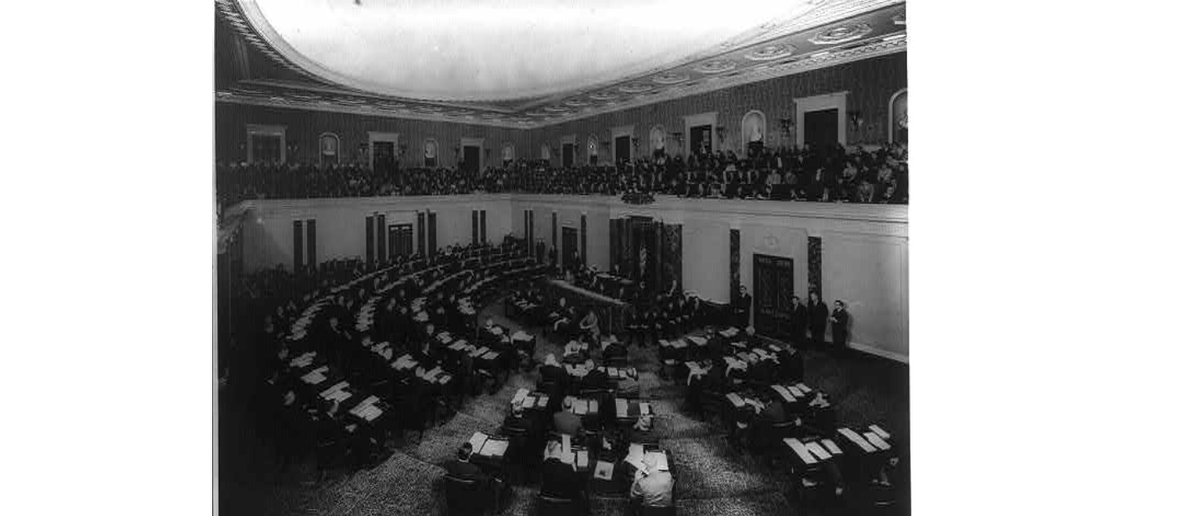We the People: Two senators per state isn’t democratic, but it wasn’t meant to be

Each week, The Spokesman-Review examines one question from the Naturalization Test immigrants must pass to become United States citizens.
Today’s question: Why does each state have two senators?
This question has a relatively easy answer – to give each state equal representation.
It’s been that way since the U.S. Constitution was ratified and as the nation grew from 13 states to 50. But some critics now argue that equality for the states is undemocratic for Americans overall.
Washington’s two senators represent more than 7.7 million residents, which is not quite four times more than the nearly 2 million residents represented by Idaho’s senators.
Although some progressives argue that the upper chamber of Congress is becoming so undemocratic as to be unworkable, the history behind establishing the Senate shows it wasn’t set up with democracy in mind.
When the framers of the Constitution met in 1787, they were trying to fix the Articles of Confederation, which created a system the new nation found wasn’t working. One problem was a single-chamber Congress where each state had one vote even though states were represented by varying numbers of delegates.
Discussions for the new government eventually settled on two chambers: the House of Representatives, with membership based on the number of people in each state, and the Senate, where each state would have equal representation.
“The Senate was not designed to represent the citizens of the states, it was set up to represent the state governments,” said Cornell Clayton director of the Thomas S. Foley Institute for Public Policy and Public Service at Washington State University.
To tie the state governments to the new federal government, senators were not chosen by voters, but by the legislatures of each state, he added.
The framers discussed how many senators each state should have. They wanted the Senate to be smaller than the House, the Senate Historical Office notes in an article about the forming of that body on the Senate’s webpage. James Madison said the Senate is to “consist in its proceeding with more coolness, with more system and more wisdom, than the popular branch.”
Gouverneur Morris of New York proposed three senators per state. George Mason of Virginia thought that would make the Senate too large. The convention settled on two with a unanimous vote, and having them vote as individuals rather than a limit of one vote per state like under the Articles of Confederation.
Over time, having state legislatures name senators created problems. Sometimes they couldn’t decide, and the seat was left vacant. Other times the selection was made as a result of bribes.
Popular election of senators was part of the democratic reforms that moved through the nation in the decades after the Civil War, Clayton said. Some states began passing laws to elect their senators, and in 1913, the 17th Amendment made that the law for the nation.
“Everything that’s happened since the Civil War has been about democratizing America,” he said.
In recent decades, the differences among the states have exacerbated the non-democratic nature of the Senate.
Some have been narrowly divided, with an even number of Democrats and Republicans in 2021-22, and a 51-49 advantage for Democrats right now. While it was once common for a state to have a senator from each party, that’s now rare. Only four states have a Democratic and a Republican senator; three others have a Democrat and an independent, although the independents caucus with the Democrats.
While the nation was previously divided mainly along philosophical and religious lines, it’s now more divided along geographic lines, Clayton said. Republicans are more likely to be elected in rural states and Democrats in urban states.
There were differences in population among the original 13 states, but they pale in comparison to today. In the first census in 1790, Virginia was the most populous state, with a reported 747,610 people. It was about 12.5 times larger than Delaware, with 59,094 people.
Today, California, with about 39.6 million people, is more than 68 times larger than Wyoming, with 581,075.
Critics say that violates the “one person, one vote” rule of equal representation and have proposed a “Senate Reform Act”. It would keep the Senate at or near its current size, but guarantee each state only one member. The rest would be awarded based on proportional population and readjusted with each census.
Under that formula, California would get 12 senators, Washington would still have two and Idaho only one.
Whether that would require a constitutional amendment, like direct election of senators did, or could be accomplished by legislation has been debated. But that may be a distinction without a difference, because either plan would have to clear Congress and the states losing senators outnumber the states gaining senators.
States that stay the same might be unlikely to side with such a major change, as they too would be at a disadvantage. That would make the super majorities needed for a constitutional amendment impossible, and even the majorities needed for legislation difficult.